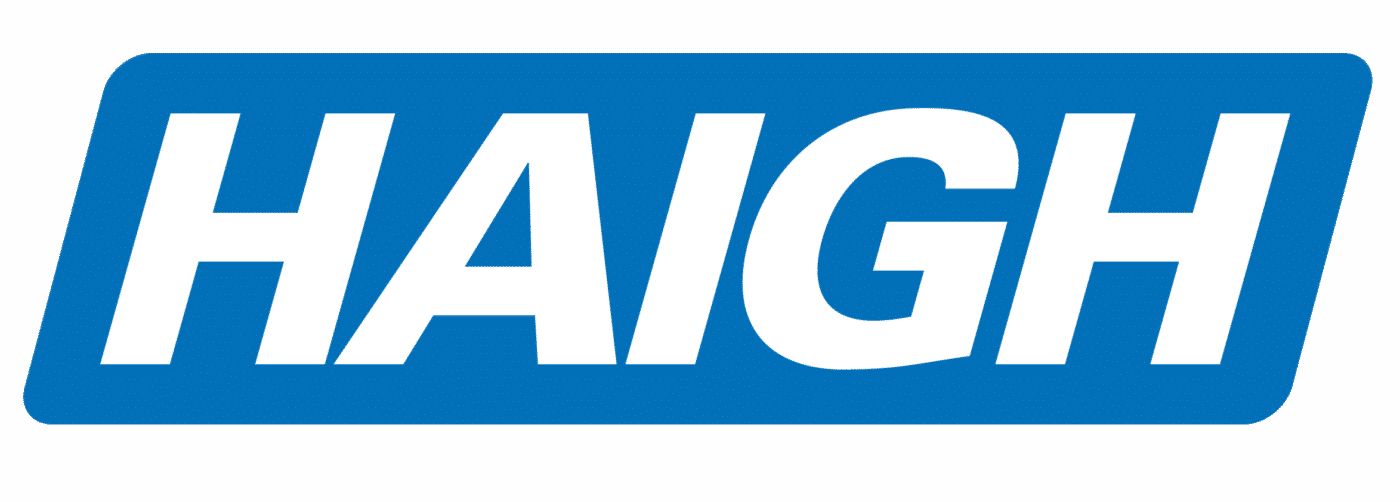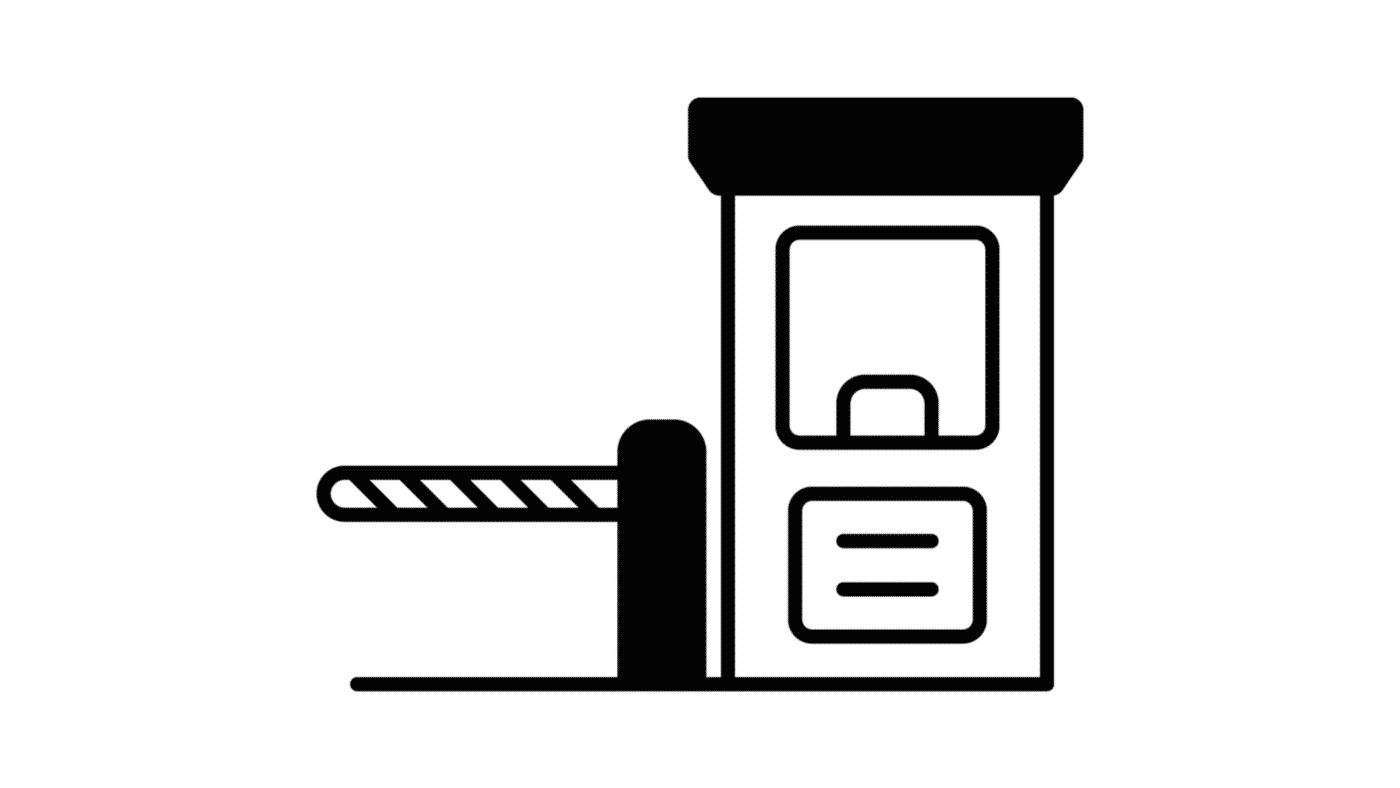Gate fees are commonplace at larger AD facilities, with some smaller scale plants using gate fees too.
The purpose of gate fees is to offset costs of maintenance, labour, and capital costs of the system as a whole. If there is any residual costs e.g disposal of any remaining substrate, these are included in the gate fee too.
Annual fees have seen a rise in price for the second year in a row. A report produced by WRAP has shown that the median price of gate fees in the UK is around £35 per ton. Often, companies will have contracts in place to set these gate fees for a specified length of time. Many suppliers are reluctant to be tied into long term arrangements due to the competition for material and the ability to play the market. This means contracts are typically one year in length. Only one company in the WRAP survey said that they charge customers “on the door”
Why the rise?
This rise in gate fees is thought to be largely down to increase in operating costs and inflation.
As with most things, Covid-19 has had an effect in some way or another. Anaerobic Digestion is no different.
Because of Covid-19, the hospitality industry suffered massively as pubs, restaurants and many other venues couldn’t open. Therefore, they were not producing the waste that would end up at the processing sites.
So, to recover these costs, gate prices have gone up to try and weather the storm of the pandemic. Alternatively, people spent more time at home, producing more food waste. This has balanced the scales slightly, but not enough.
It is expected that gate fees will continue to rise marginally for the next few years, to try and recover from the pandemic.
However, in the long term, it is thought that AD facilities in close proximities will begin to compete much harder, in turn driving the prices down. With existing over capacity in some regions, we may start to see it being matched by the supply as a result of the waste strategy and the mandatory separation of food waste in England and Wales from 2023.

